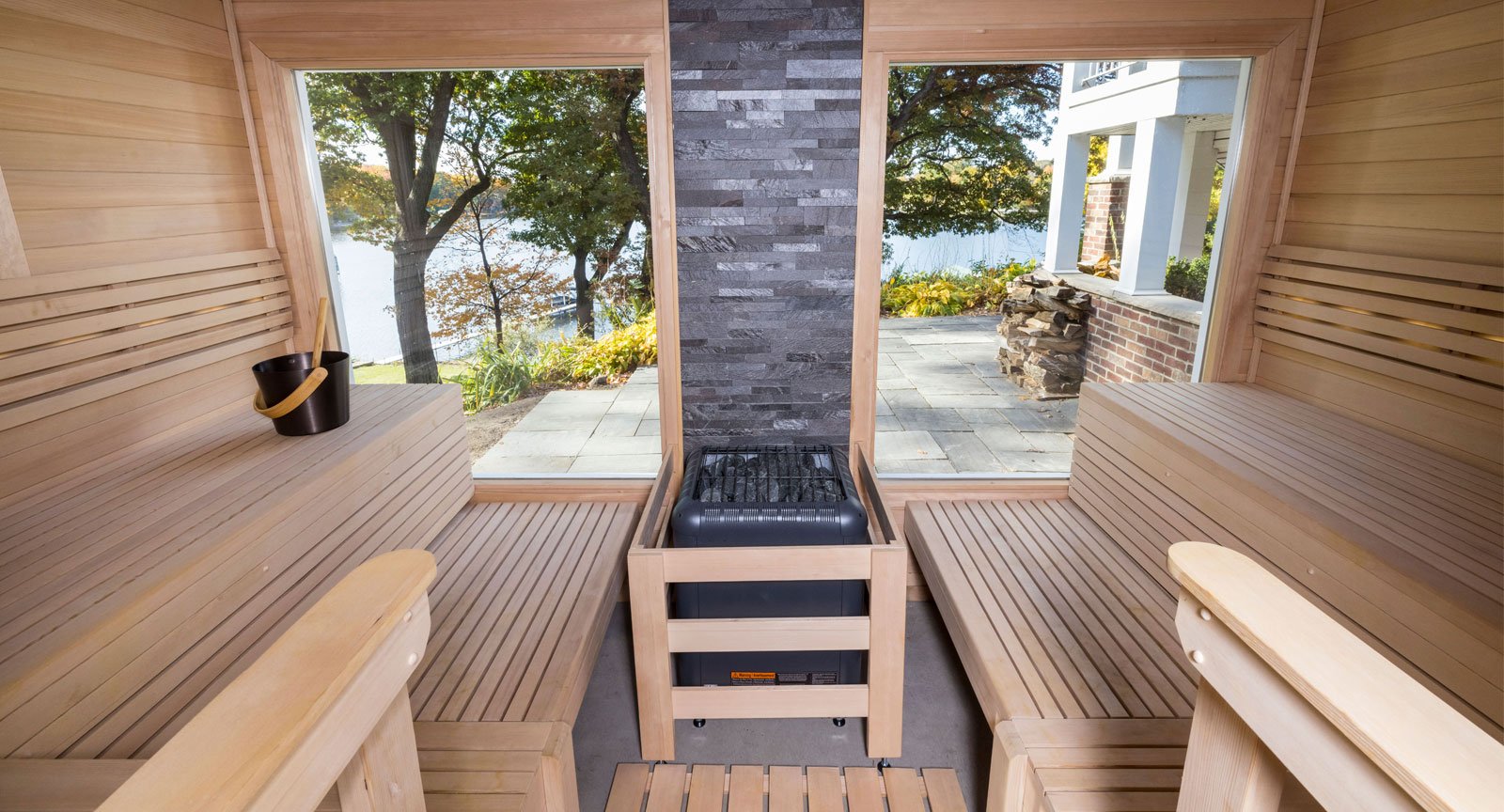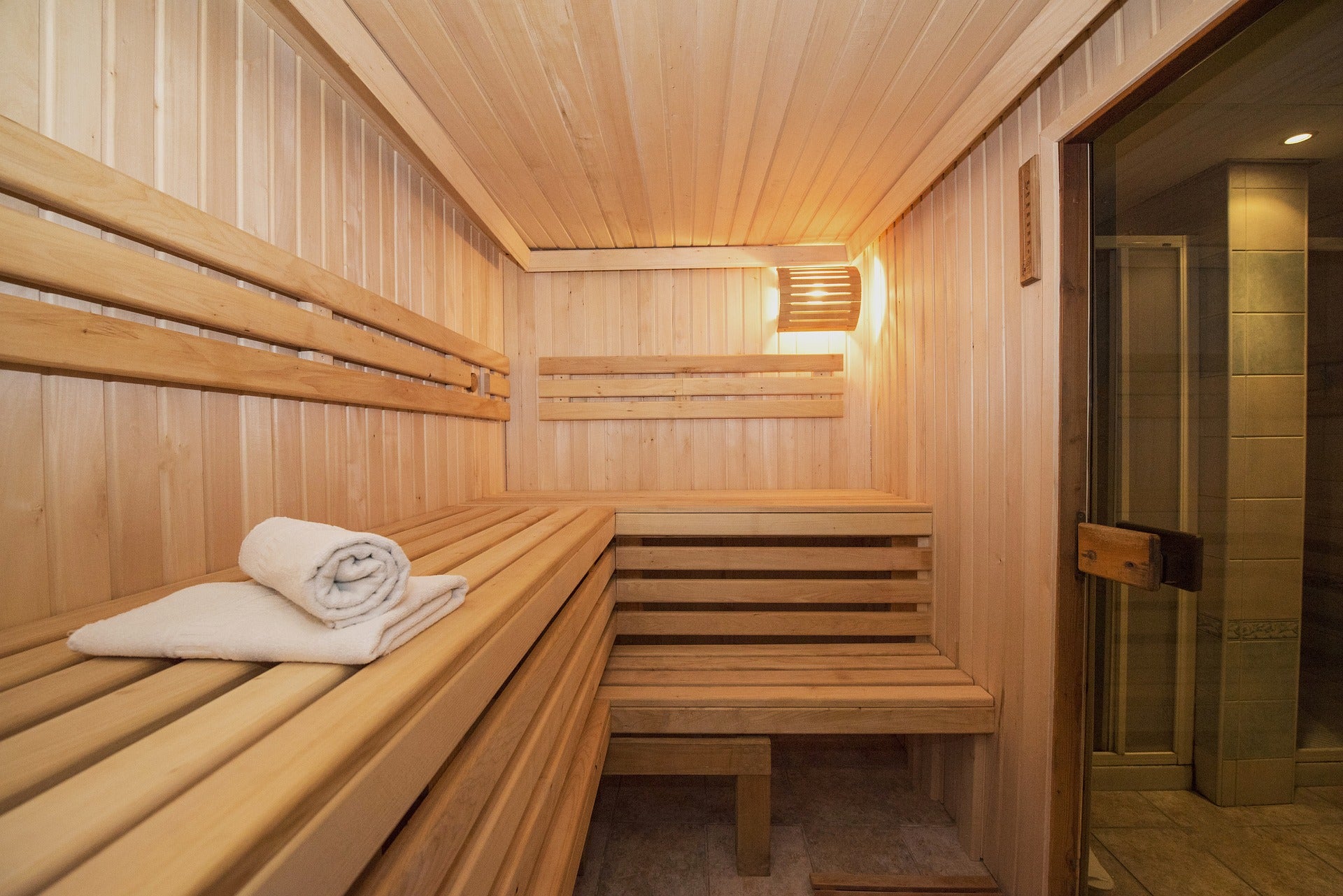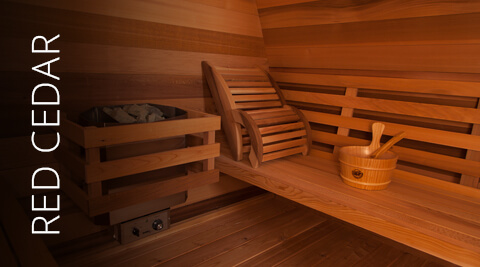Some Known Details About Traditional Sauna
Some Known Details About Traditional Sauna
Blog Article
3 Simple Techniques For Traditional Sauna
Table of ContentsTraditional Sauna Fundamentals ExplainedSome Known Details About Traditional Sauna Some Known Factual Statements About Traditional Sauna The Buzz on Traditional SaunaAll about Traditional Sauna
Most of the weight shed in a sauna is water loss and is re-gained upon rehydrating. Nonetheless, certainly sauna can be an integral part of a healthy and balanced weight-loss program. To look at the differences between traditional and IR saunas, I will separate these into proven, academic, and made distinctions.Hence, the best factor in the saunawhich goes to the ceiling directly above the sauna heateris normally between 185 and 190 F. Claims that a standard sauna exceeds 200 F is simply not real and not appropriate for electrical saunas sold in the US. The temperature for a far-infrared sauna is generally set between 120 and 140 F; however, unlike the conventional sauna, the goal in and IR area is not to achieve a high temperature.

When a conventional sauna has actually been appropriately heated, the sauna wall surfaces are warm, the air temperature level has actually accomplished set temperature level and the rocks are super warmed. As an interesting side note, the warmed walls and the rocks are producing far-infrared warmth, integrated with the warmed air, to create an "wrapping up heat".
Traditional Sauna Can Be Fun For Anyone
When the heat is attained, the elements cycle on and off to preserve the heat. Most standard sauna customers enjoy pouring water over the rocks to produce vapor to raise sauna humidity levels. The benefits of putting water over the rocks consist of: making the area more comfortable, dampening the nasal flows, and permitting the usage of aromatherapy by mixing vital oils with the water.

When the power gets in the try this body, it triggers the body temperature to enhance and eventually results in perspiration. In an infrared sauna it is he has a good point necessary for the emitters/heaters to remain on practically continuously. Because there is no mass of rocks to keep heat, the sauna will certainly cool down if the emitters shut down.
The Ultimate Guide To Traditional Sauna
As stated over, the sauna bather in an infrared room intends to position himself before operating emitters to obtain optimal benefit from the warmth. The heating time for the 2 spaces can be very various, depending on just how the rooms are made use of. For a standard sauna, a bather ought to permit 30-40 minutes for the area to achieve a wanted temperature and to effectively pre-heat the rocks.

A well built sauna will commonly achieve a temperature of 150-160 F in regarding 30-40 mins. For hotter temperature levels, the space may need to warmth for a longer duration.
To some, 15 minutes was "wasted" while the infrared energy heated up the timber panels instead of warming a body, while others discover a pre-heated space to be extra comfy and believe an elevated beginning temperature is necessary to start perspiring. The length of suggested use for each and every space is approximately the same (10-15 minutes per session); nevertheless, as a result of the lower air temperature levels and the capacity to feel the results of infrared warmth quicker than a traditional sauna, it is not unusual for an individual to spend a total amount of 20-30 mins in an infrared sauna.
Traditional Sauna for Dummies

The average price per kWH of power in the united state is approximately $0.11, so a 4.5 kW heating system will set you back roughly $.50 to compete one hour, if the heating system runs continuously for one hour. Typically a sauna heating system will run for 75% of the initial hour and 50% of succeeding hours on since the components cycle once the set temperature is accomplished.
A 2 person far-infrared room is normally physically smaller sized than a conventional sauna, often concerning 4' x 4' or smaller sized. The IR heating unit is generally 1.5-1.7 kW utilizing a 120 volt 15 amp plug-in solution. Because the space can be utilized quicker than a sauna room, we will certainly assume the room is used for to of an hour including warm up time.
Ultimately, there is a seldom her comment is here reviewed distinction in the social experience in between both areas. While our society has shed a few of the social benefit of the traditional sauna experience, it can be very socially fulfilling (Traditional Sauna). From family members time in the sauna, to heart-felt conversations with substantial others, to sauna partiesthe typical sauna experience can bring about intimate interacting socially
Traditional Sauna - An Overview
Most greater end infrared areas include tinted light therapy, sound systems and full-glass fronts.
Report this page